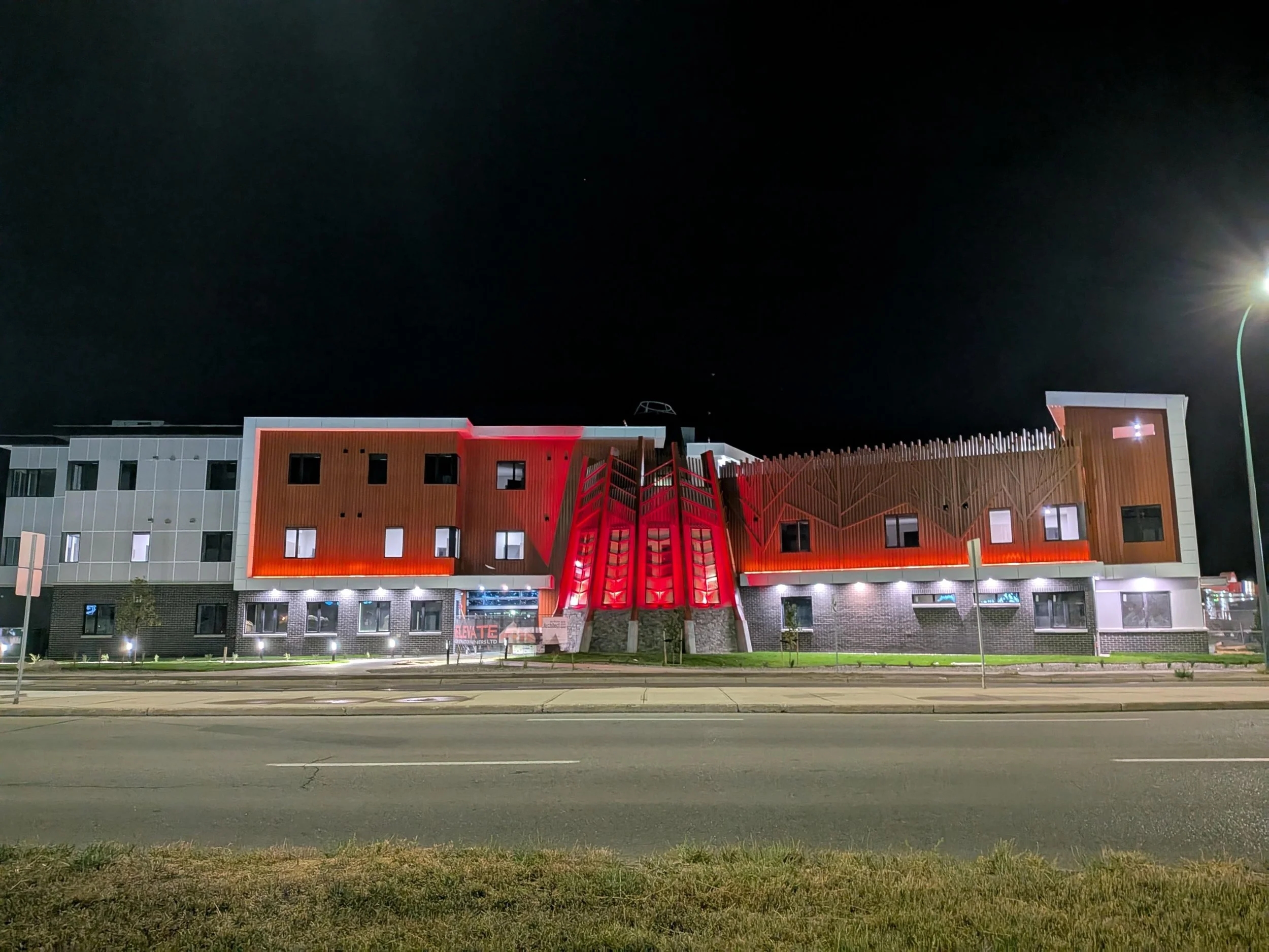
Welcome to 416 Stafford Drive North
Lethbridge’s first purpose-built supportive housing facility.
416 Stafford Drive North is a 30-bed supportive housing facility made possible through funding from the Government of Alberta Ministry of Assisted Living and Social Services. This innovative housing program is designed to support individuals exiting homelessness who are actively pursuing recovery and require additional support to maintain stable housing.
Who We Serve
To be eligible for housing at 416 Stafford Drive North, applicants must meet the following criteria:
Age 18 or older
Homeless or at imminent risk of homelessness
Actively engaged in a recovery journey
Applicants must also meet at least one of the following priority populations:
Indigenous peoples
Individuals diagnosed or suspected of having Fetal Alcohol Spectrum Disorder (FASD)
Seniors
Women
Individuals with diagnosed or suspected mental health concerns
Additional Requirements
To ensure safety and stability within the residence, applicants must:
Not be actively using substances or consuming alcohol
Not have significant medical concerns requiring inpatient care
Have a completed Coordinated Access Round Table (CART) Intake within the past 6 months
How to Apply
All referrals must be made through the CART system. If you are an agency or individual looking to start the process, please connect with Coordinated Access Services in Lethbridge.
For full program details and additional housing options, please visit:
CART acts as the central hub within Lethbridge’s Homeless-Serving System of Care. It is the entry point into all LHA/CBO funded housing programs and operates based on a triage model - prioritizing chronically homeless individuals with the highest needs, first.
It is designed to direct the most chronically homeless and high-needs individuals and families towards interventions that best suit their needs. Our objective is to ensure resources are targeted to address those with the highest chronicity and level of need first while utilizing only those resources necessary for those with greater independence.


